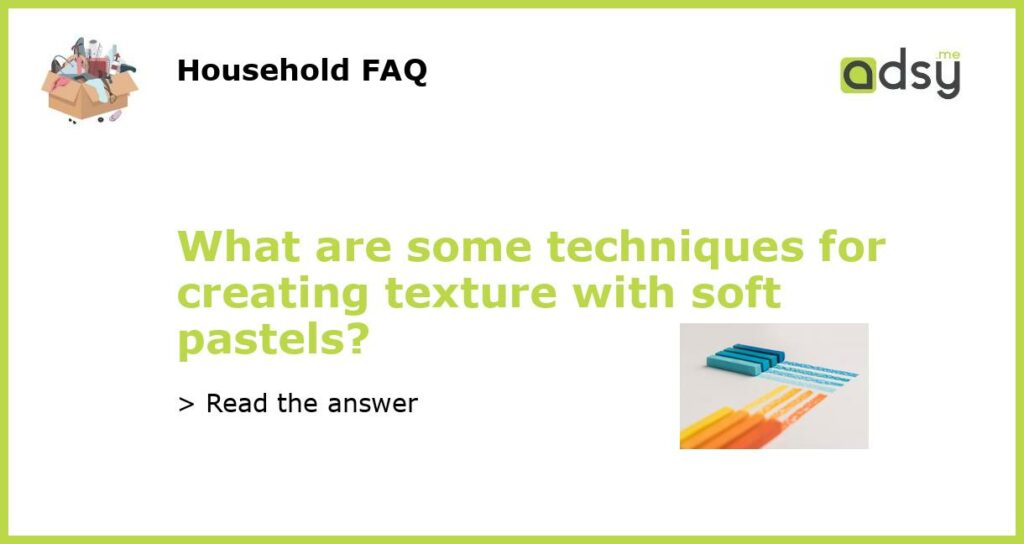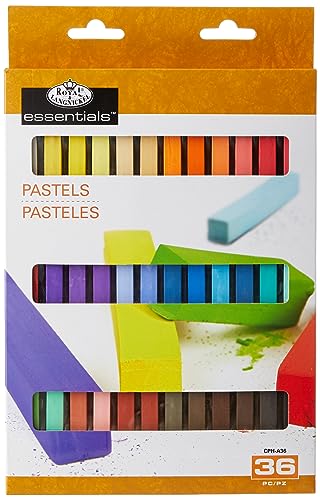Understanding Soft Pastels
Soft pastels are a versatile medium for creating texture in artwork. Made from pure pigment, filler, and a binder, they offer a unique and vibrant palette for artists to work with. In order to create texture with soft pastels, there are several techniques and approaches that can be utilized. These techniques range from basic application methods to more advanced methods that involve layering and blending.
Building Layers
One of the simplest ways to create texture with soft pastels is by building layers. This involves applying multiple layers of pastel on top of each other to create depth and dimension. By varying the pressure and strokes, artists can create a variety of textures such as smooth or rough surfaces. This technique is particularly effective when working on paper or textured surfaces, as the tooth of the surface allows for better adhesion of the pastel.
Using Different Strokes
The stroke of the brush can greatly influence the texture created with soft pastels. By experimenting with different strokes, artists can achieve a variety of effects. For example, using short, choppy strokes can create a rough texture, while long, sweeping strokes can create a smooth, flowing texture. Artists can also try cross-hatching or stippling techniques to create more texture and detail in their artwork.
Blending Techniques
Blending is an essential technique when working with soft pastels. It helps to create smooth transitions between colors and can also be used to create texture. There are several blending techniques that can be used, including finger blending, using blending tools such as tortillons or blending stumps, or even using a brush to blend the colors together. By blending the colors, artists can create soft, blended textures or more textured effects, depending on their desired outcome.
Using Different Tools
Another technique for creating texture with soft pastels is by using different tools. In addition to using traditional pastel sticks, artists can experiment with different tools such as pastel pencils, brushes, or even unconventional objects like sponges or brayers. Each tool will create a different texture and mark, allowing for a wide range of possibilities. For example, using a pastel pencil can allow for more detailed work, while a brush can create a softer, more blended texture.
Experimenting with Different Surfaces
The surface that you work on can also greatly influence the texture created with soft pastels. Different surfaces have varying amounts of tooth, which affects how well the pastel adheres to the surface. Experimenting with different surfaces such as rough watercolor paper, sanded pastel paper, or even unconventional surfaces like sandpaper or fabric can lead to unique and interesting textures. Each surface will create a different texture and depth, allowing artists to explore different effects and styles.






